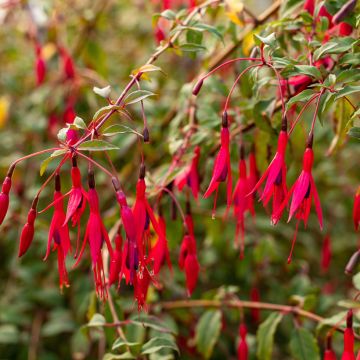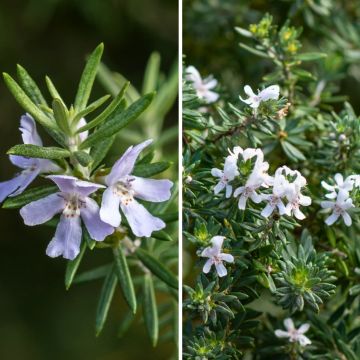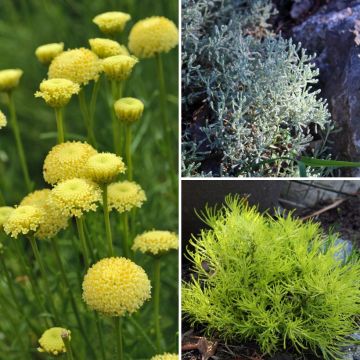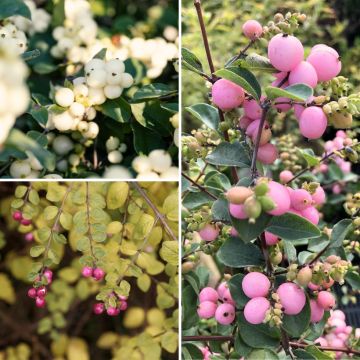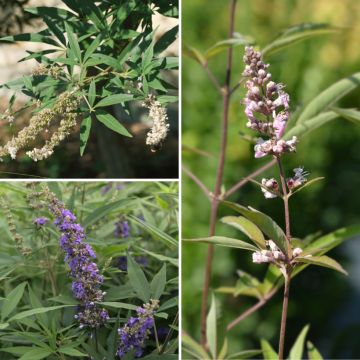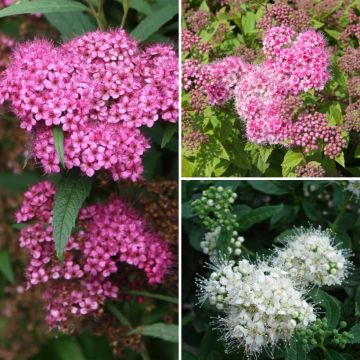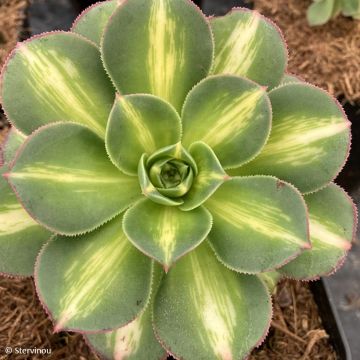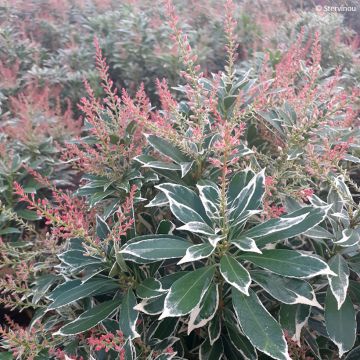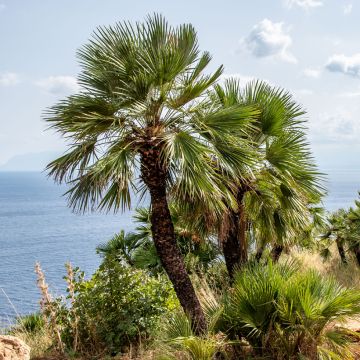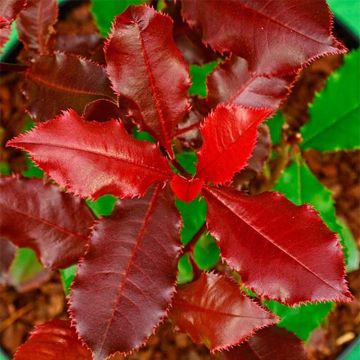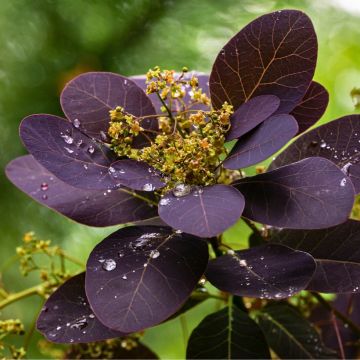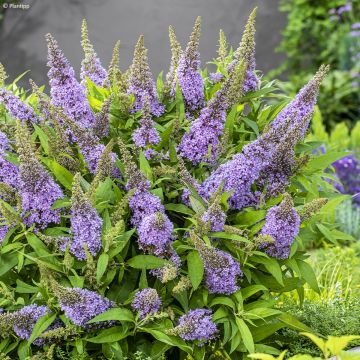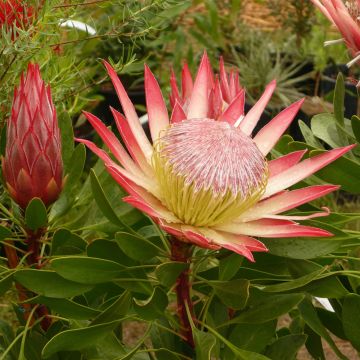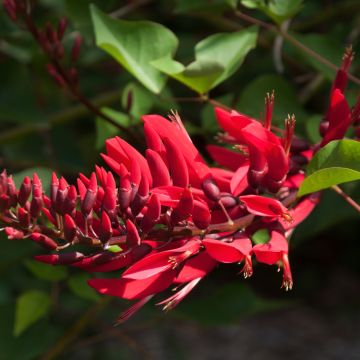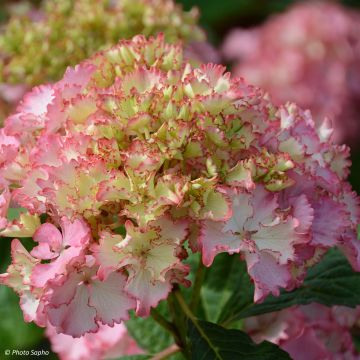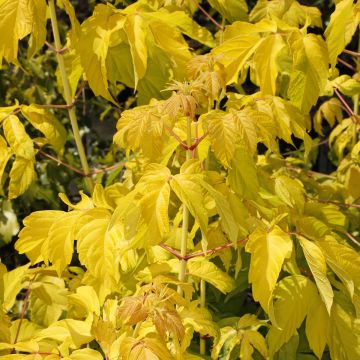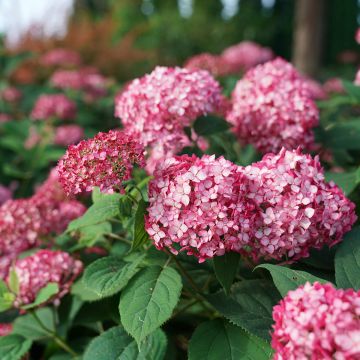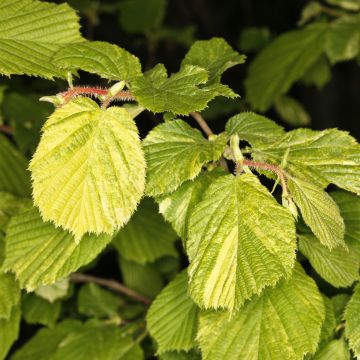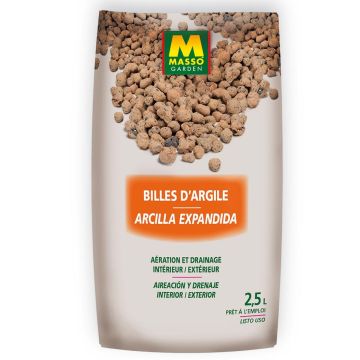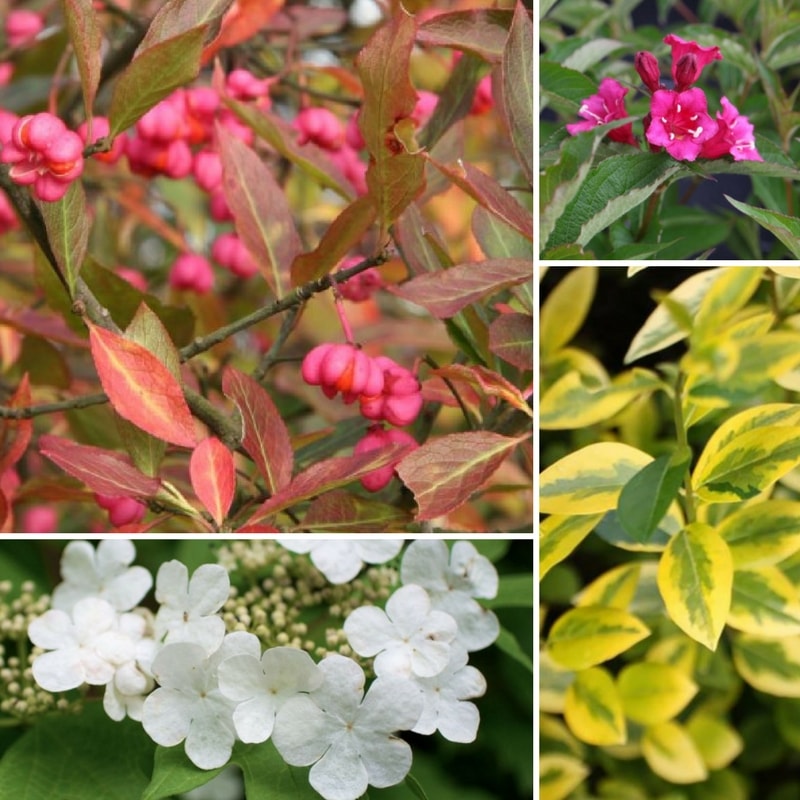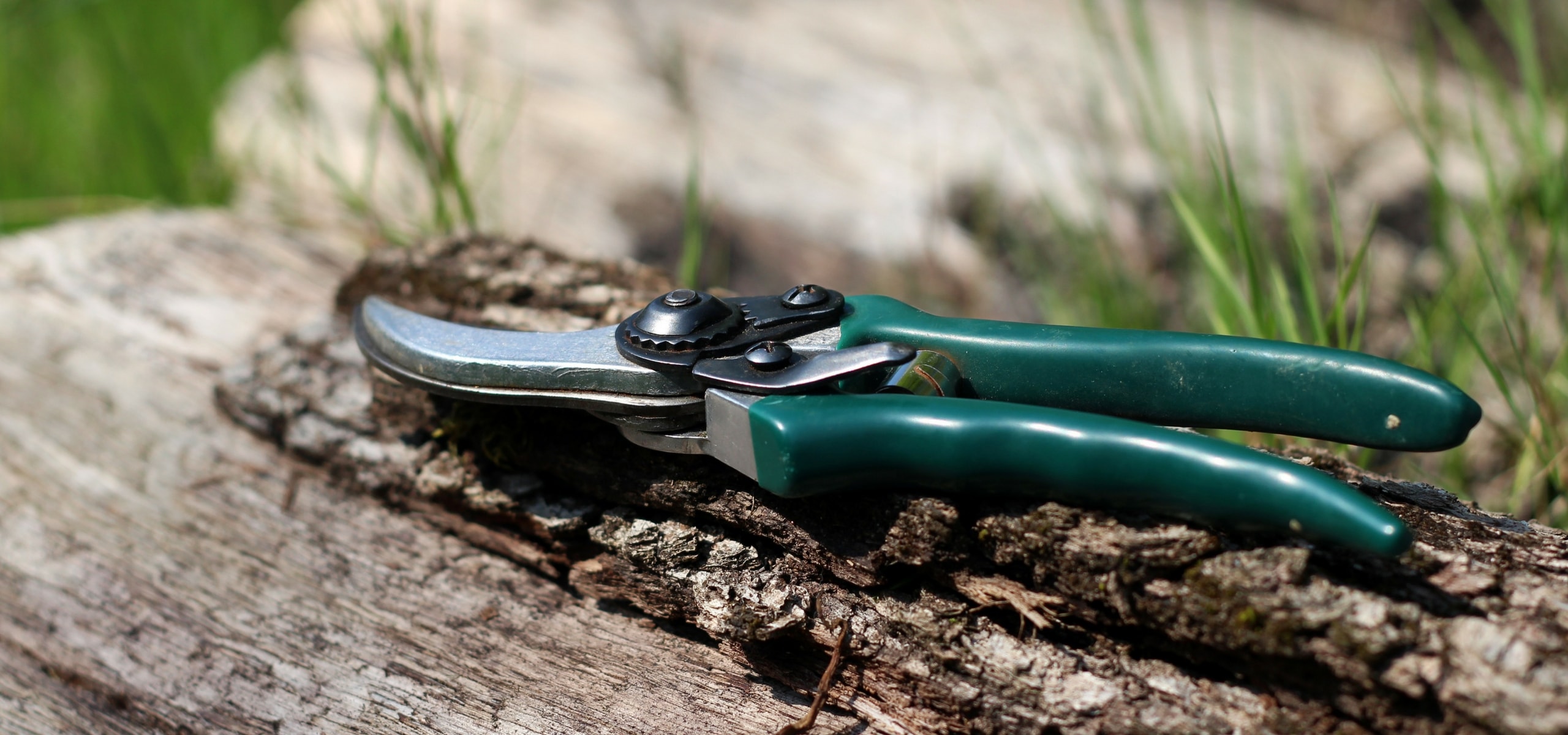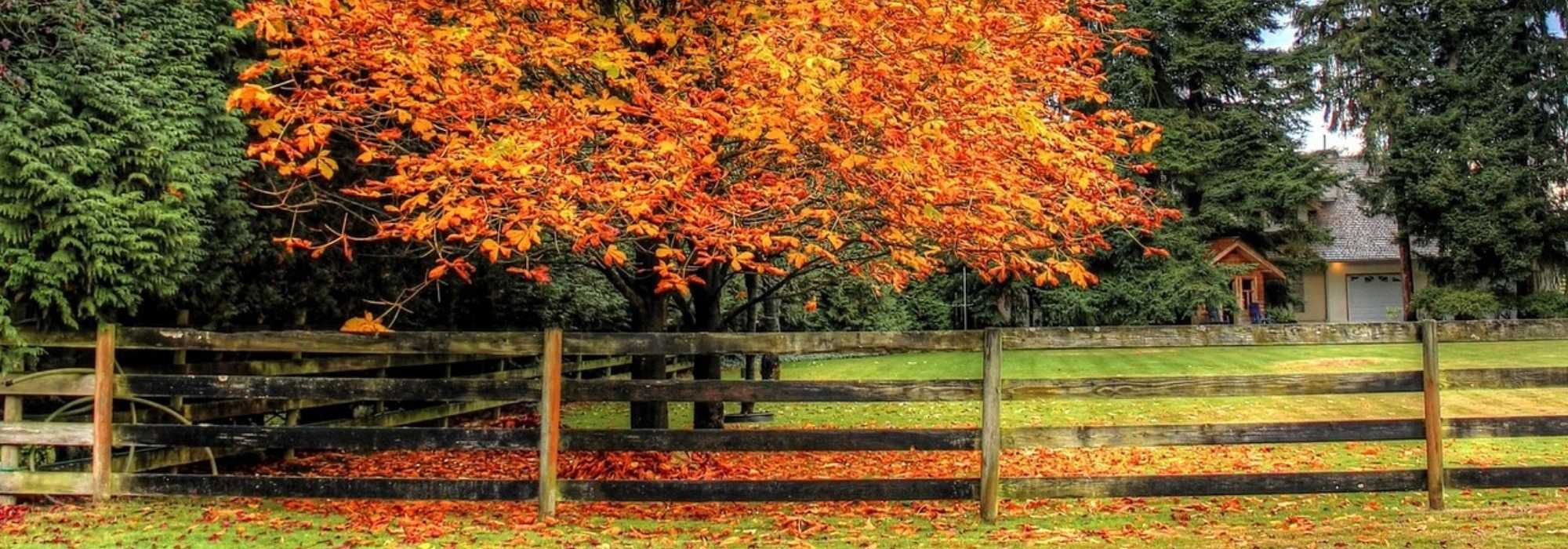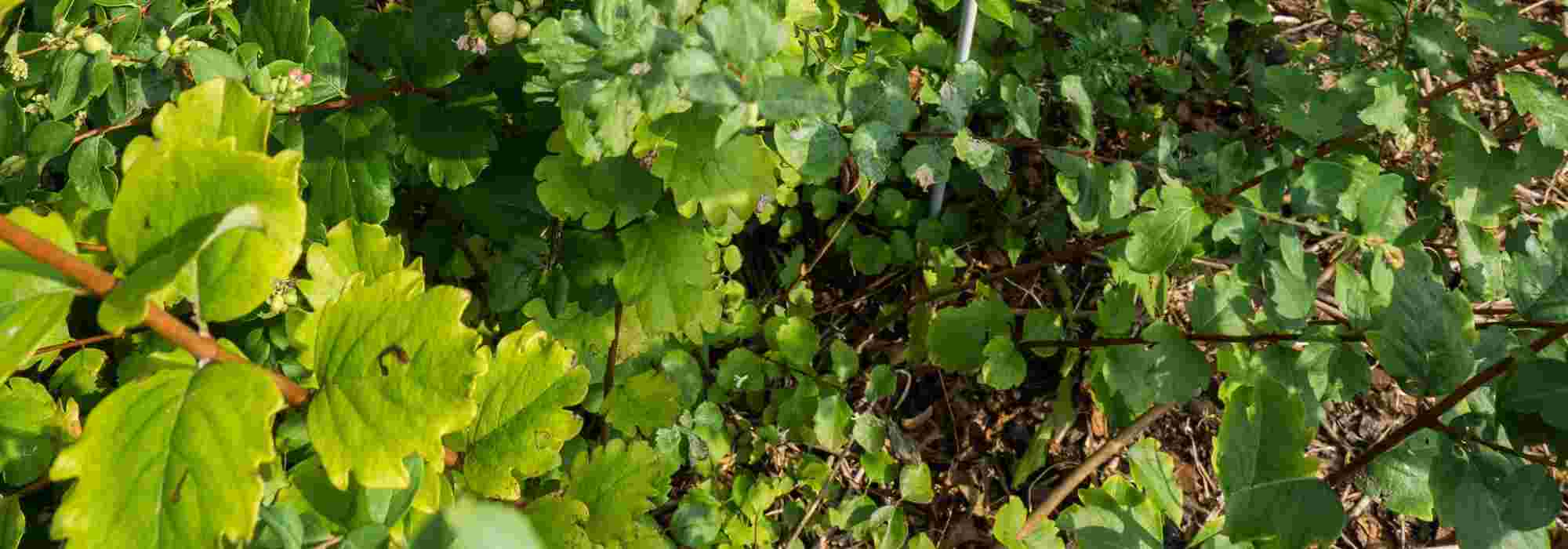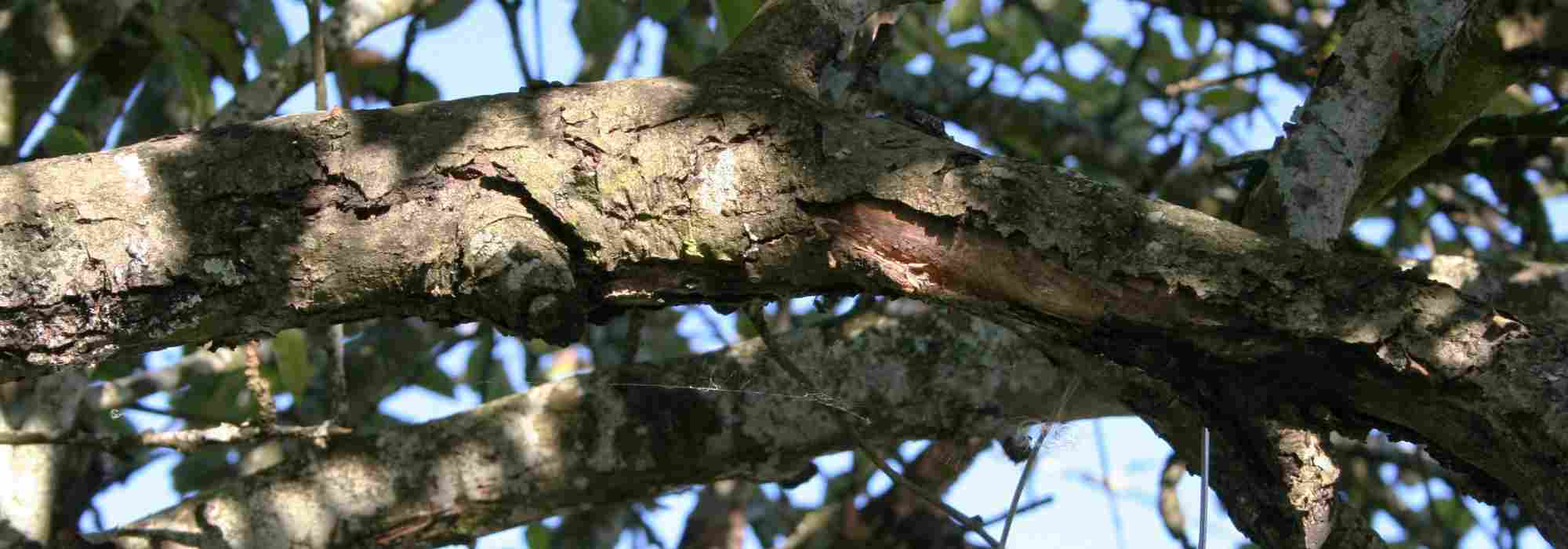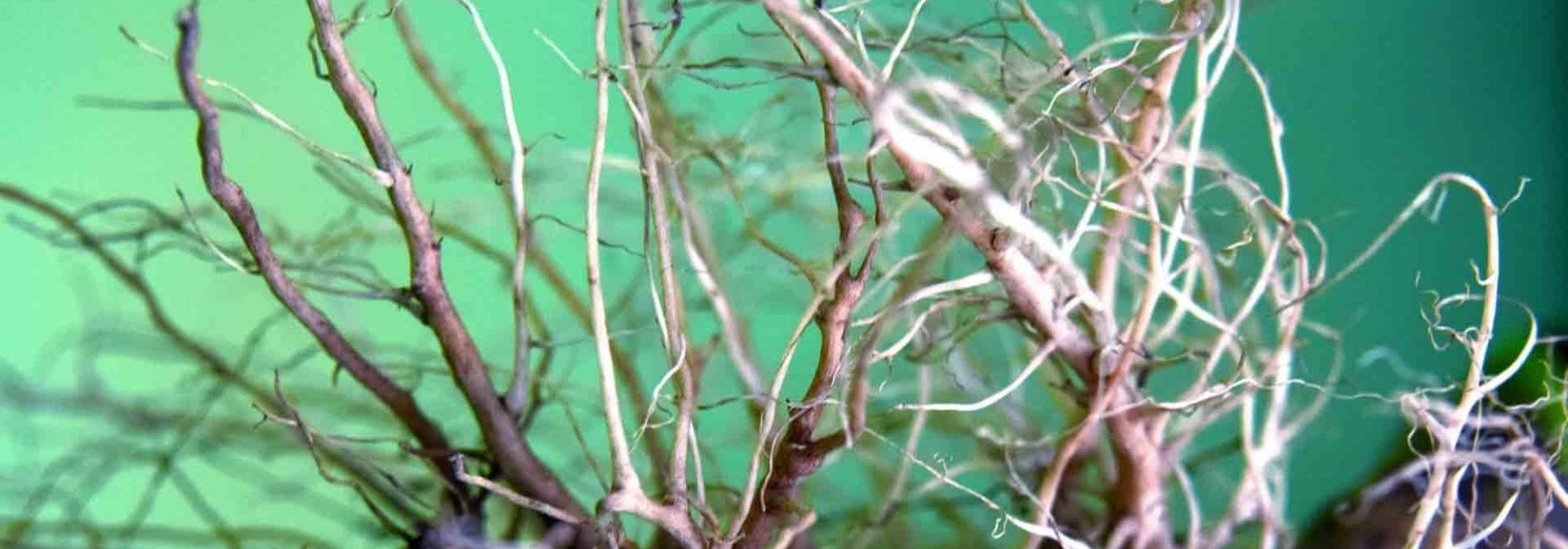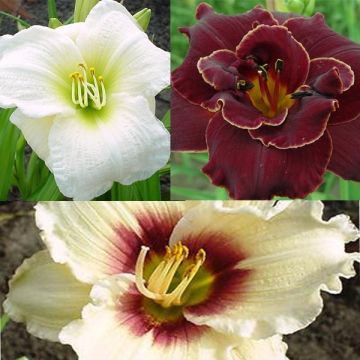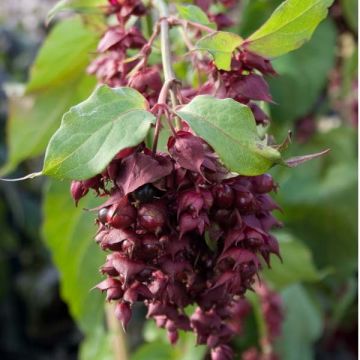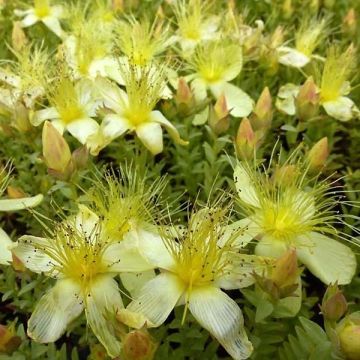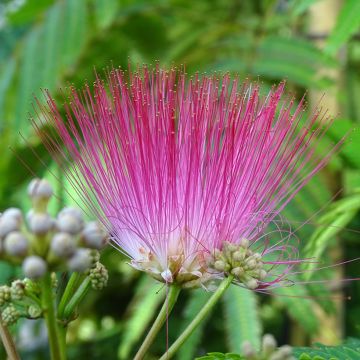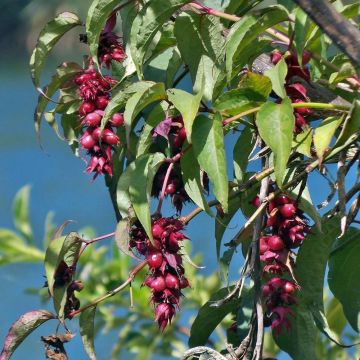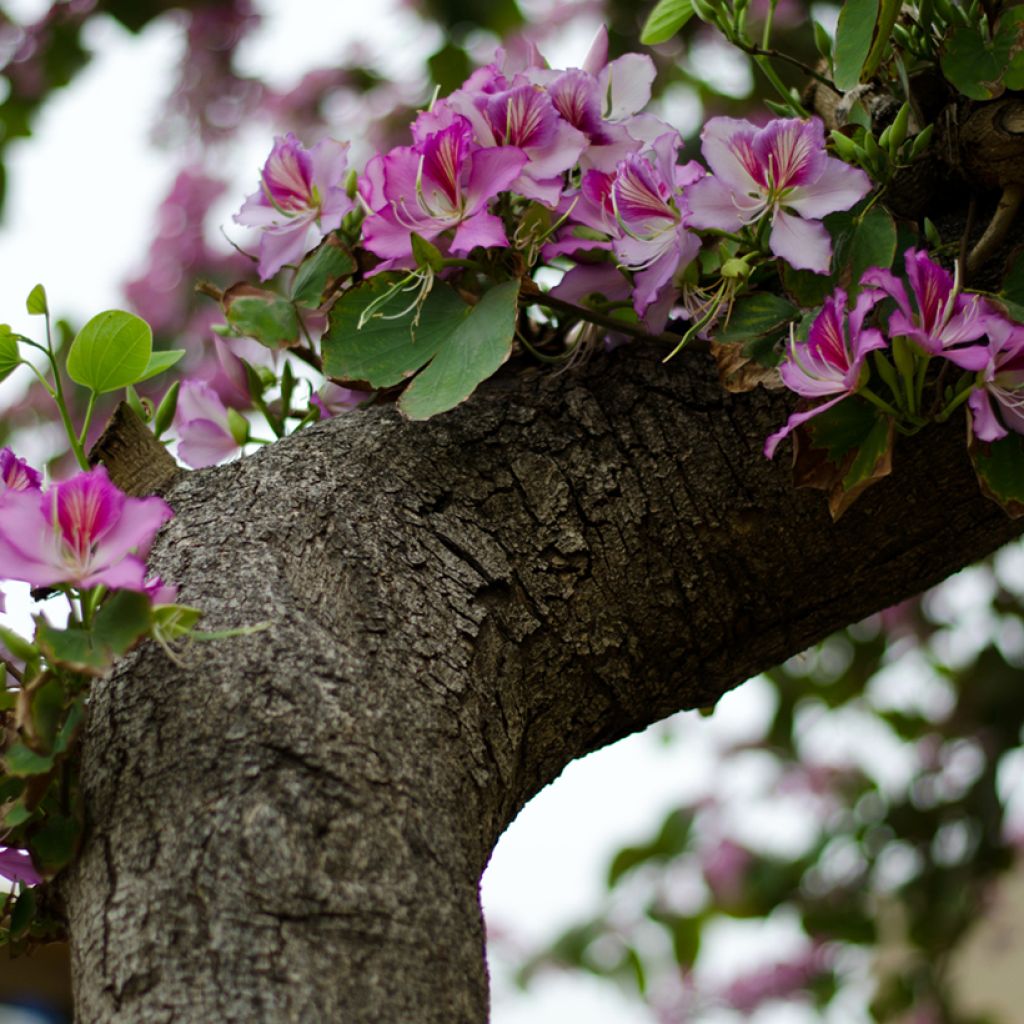

Bauhinia variegata - Orchid tree
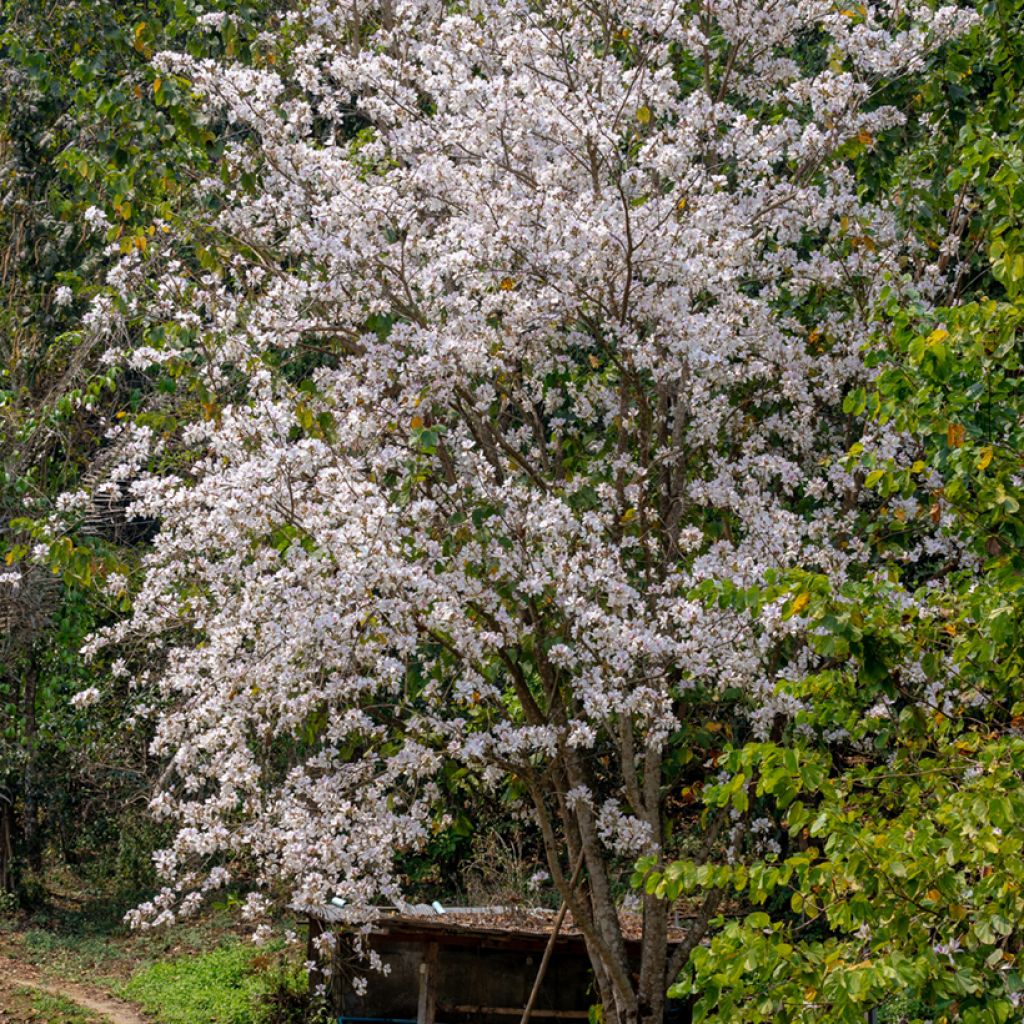

Bauhinia variegata - Orchid tree
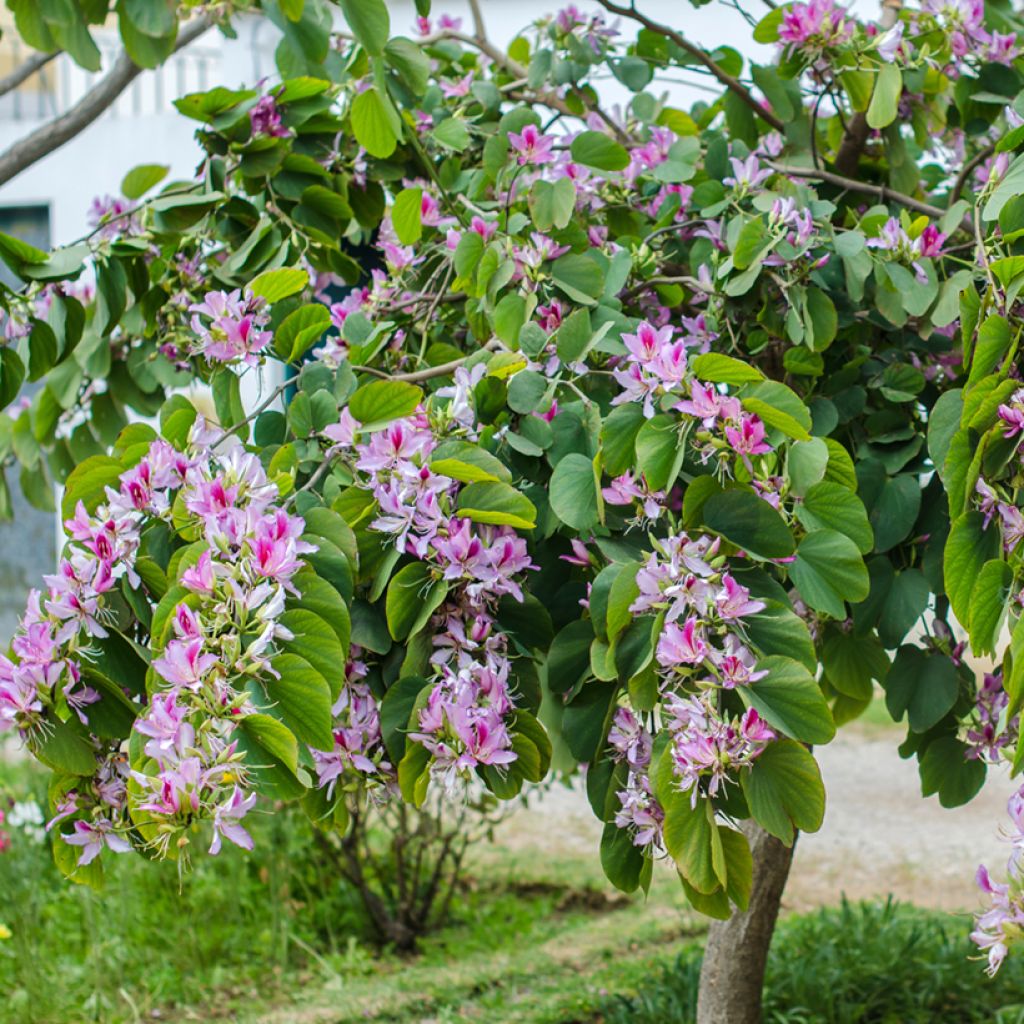

Bauhinia variegata - Orchid tree
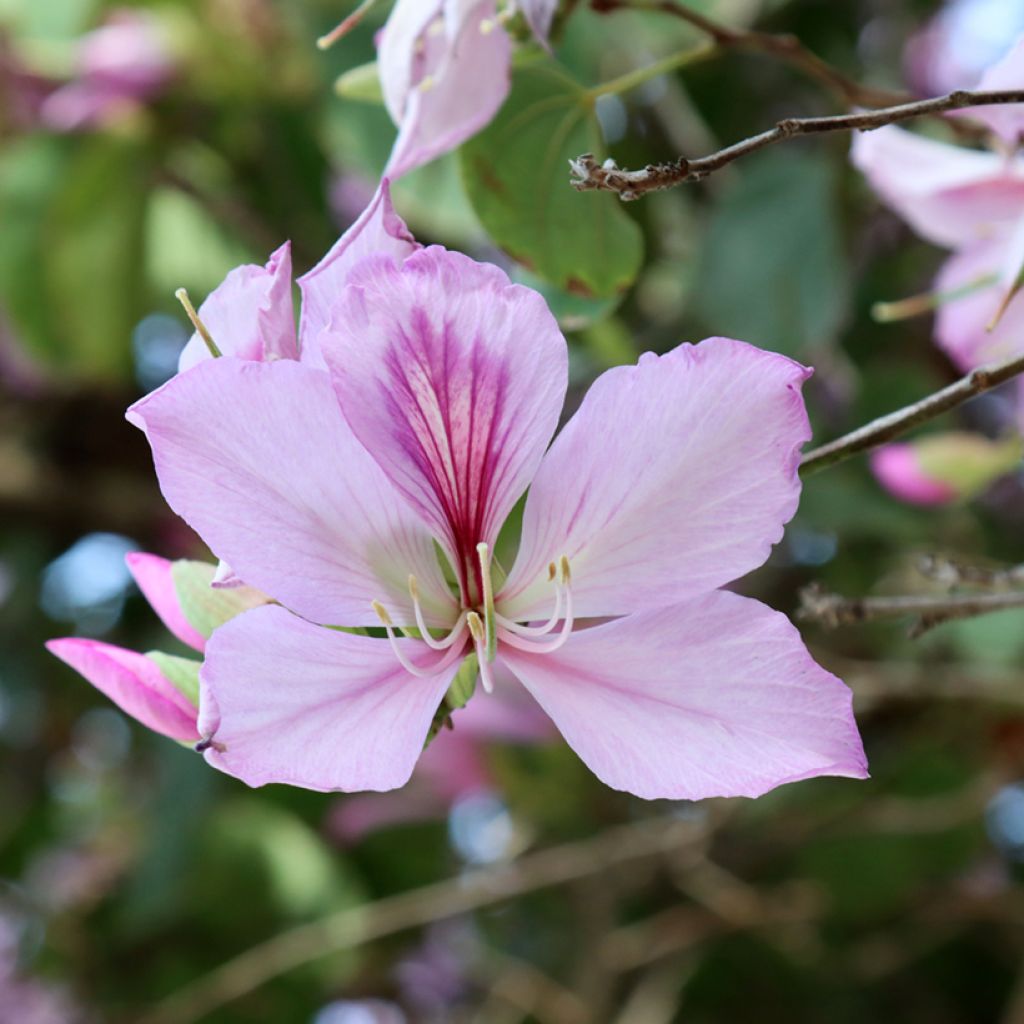

Bauhinia variegata - Orchid tree
Bauhinia variegata - Orchid tree
Bauhinia variegata
Camel's foot tree, Ebony wood, Kuchnar, Mountain ebony, Orchid tree
Special offer!
Receive a €20 voucher for any order over €90 (excluding delivery costs, credit notes, and plastic-free options)!
1- Add your favorite plants to your cart.
2- Once you have reached €90, confirm your order (you can even choose the delivery date!).
3- As soon as your order is shipped, you will receive an email containing your voucher code, valid for 3 months (90 days).
Your voucher is unique and can only be used once, for any order with a minimum value of €20, excluding delivery costs.
Can be combined with other current offers, non-divisible and non-refundable.
Why not try an alternative variety in stock?
View all →This plant carries a 24 months recovery warranty
More information
We guarantee the quality of our plants for a full growing cycle, and will replace at our expense any plant that fails to recover under normal climatic and planting conditions.
Would this plant suit my garden?
Set up your Plantfit profile →
Description
Bauhinia variegata is commonly nicknamed the Orchid Tree due to its flowering. Its tropical appearance is highly prized in the gardens of the French Riviera. It forms a small tree with a conical to more or less rugular, rounded habit. Its green, mostly evergreen leaves are curiously bilobed. But it is its flowering that attracts the most attention when the large flowers appear, in varying shades of pink depending on the specimen. The tree is at its peak beauty between the end of winter and the beginning of summer. it is not very hardy, it appreciates full sun and moist, well-drained soils, but tolerates drier conditions once well-rooted.
Bauhinia belongs to the very extensive Fabaceae family (formerly Leguminosae), rich with nearly 23,000 species, divided into three subfamilies! It includes food plants (peas, beans...) and wild or ornamental plants, such as the tall Black Locust or the charming little Coronilla. The Bauhinia genus itself is extremely prolific with nearly 570 species distributed in warm temperate to tropical zones of both hemispheres. Bauhinia variegata is native to China, India, Burma, and Pakistan, where it forms small, 12 to 15 m tall trees. In regions with hot, dry summers, it behaves as deciduous, shedding its leaves to rest during this stressful period.
On the Mediterranean coast, it typically reaches 6 m in height with a 4 m spread after about ten years of cultivation, and older specimens can reach up to 10 m in height. The tree has a more or less broad conical habit, with a relatively rounded crown, but often slightly irregular when not pruned, giving it a quite natural silhouette that is easy to integrate into a garden. It sometimes forms a short trunk but more often develops several axes like a large bush. It is well-branched and forms rather dense foliage, bearing numerous leaves with a very easily identifiable morphology. Slightly cordate at the base (forming a heart on either side of the petiole), the leaf blades are almost round, but the part opposite the petiole is incised for about a quarter, giving two symmetrical lobes. For this reason, the English common name is "Camel's Foot". The leaves are quite large, measuring 8 to 15 cm in diameter. The dark green foliage highlights the flowering. Most often, the foliage persists in winter, but if colder than usual, it may fall. In this case, flowering appears on the still bare wood in late winter, before the emergence of young leaves.
The large, 8 to 12 cm diameter flowers are gathered in small numbers on clusters. They consist of 5 petals, the most vertical one often being more intensely coloured than the others. The fully open flower has up to 10 protruding stamens, only 5 of which are fertile. Curved upwards, they contribute to the flower's aesthetics. In most specimens, they are bright pink, but variations in colour intensity are possible from one plant to another. The flowering is both abundant and perpetual until early summer, making this Bauhinia one of the most beautiful flowering trees for mild climates. The flowers have a slight, pleasant fragrance and are followed by the formation of long, flat, brown, 15 to 18 cm long pods with no ornamental interest.
The Orchid Tree is perfect for giving a tropical feel to a Mediterranean coastal garden. Pair it with other themed plants to create an exotic and ornamental scene. Plant at its base a Strelitzia reginae or Bird of Paradise, whose flower evokes a tropical bird with a long beak topped by an orange tuft for a stunning effect. Sesbania punicea, or Scarlet Wisteria, which lives up to its name with its bright red flowers, will also be a good companion in the bed. Of course, your scene would be incomplete without one or two Banana Trees or Syagrus romanzoffiana, a superb palm tree with a striking resemblance to a coconut tree with its magnificent divided foliage.
Report an error about the product description
Bauhinia variegata - Orchid tree in pictures




Plant habit
Flowering
Foliage
Botanical data
Bauhinia
variegata
Fabaceae
Camel's foot tree, Ebony wood, Kuchnar, Mountain ebony, Orchid tree
Phanera variegata, Perlebia variegata
Southeast Asia
Other Shrubs A to Z
View all →Planting and care
Plant Bauhinia in autumn if frost is almost non-existent in your area, or in spring if it is more frequent, to allow the young plant time to establish its roots before its first winter. Choose a sunny location, sheltered from the wind if possible, while keeping in mind its future dimensions, as it can reach, or even exceed, 6 metres in height when thriving. Once well-rooted, it can withstand brief, occasional frosts down to around -5°C. Its cold resistance will be better if the soil is well-drained in winter. It is not particularly demanding in terms of soil type, but it will grow better in moist, slightly humus-bearing soil.
Water regularly during summer in the first few years while it establishes itself, and mulch the surface to maintain some moisture at the base. After that, it will manage on its own, with occasional summer watering during prolonged dry spells. The foliage is generally evergreen in mild climates but may occasionally drop if the winter is harsher than usual. It shows little susceptibility to diseases or insects, apart from possibly aphids, which you can eliminate with diluted black soap.
Planting period
Intended location
Care
Planting & care advice
This item has not been reviewed yet - be the first to leave a review about it.
Similar products
Haven't found what you were looking for?
Hardiness is the lowest winter temperature a plant can endure without suffering serious damage or even dying. However, hardiness is affected by location (a sheltered area, such as a patio), protection (winter cover) and soil type (hardiness is improved by well-drained soil).

Photo Sharing Terms & Conditions
In order to encourage gardeners to interact and share their experiences, Promesse de fleurs offers various media enabling content to be uploaded onto its Site - in particular via the ‘Photo sharing’ module.
The User agrees to refrain from:
- Posting any content that is illegal, prejudicial, insulting, racist, inciteful to hatred, revisionist, contrary to public decency, that infringes on privacy or on the privacy rights of third parties, in particular the publicity rights of persons and goods, intellectual property rights, or the right to privacy.
- Submitting content on behalf of a third party;
- Impersonate the identity of a third party and/or publish any personal information about a third party;
In general, the User undertakes to refrain from any unethical behaviour.
All Content (in particular text, comments, files, images, photos, videos, creative works, etc.), which may be subject to property or intellectual property rights, image or other private rights, shall remain the property of the User, subject to the limited rights granted by the terms of the licence granted by Promesse de fleurs as stated below. Users are at liberty to publish or not to publish such Content on the Site, notably via the ‘Photo Sharing’ facility, and accept that this Content shall be made public and freely accessible, notably on the Internet.
Users further acknowledge, undertake to have ,and guarantee that they hold all necessary rights and permissions to publish such material on the Site, in particular with regard to the legislation in force pertaining to any privacy, property, intellectual property, image, or contractual rights, or rights of any other nature. By publishing such Content on the Site, Users acknowledge accepting full liability as publishers of the Content within the meaning of the law, and grant Promesse de fleurs, free of charge, an inclusive, worldwide licence for the said Content for the entire duration of its publication, including all reproduction, representation, up/downloading, displaying, performing, transmission, and storage rights.
Users also grant permission for their name to be linked to the Content and accept that this link may not always be made available.
By engaging in posting material, Users consent to their Content becoming automatically accessible on the Internet, in particular on other sites and/or blogs and/or web pages of the Promesse de fleurs site, including in particular social pages and the Promesse de fleurs catalogue.
Users may secure the removal of entrusted content free of charge by issuing a simple request via our contact form.
The flowering period indicated on our website applies to countries and regions located in USDA zone 8 (France, the United Kingdom, Ireland, the Netherlands, etc.)
It will vary according to where you live:
- In zones 9 to 10 (Italy, Spain, Greece, etc.), flowering will occur about 2 to 4 weeks earlier.
- In zones 6 to 7 (Germany, Poland, Slovenia, and lower mountainous regions), flowering will be delayed by 2 to 3 weeks.
- In zone 5 (Central Europe, Scandinavia), blooming will be delayed by 3 to 5 weeks.
In temperate climates, pruning of spring-flowering shrubs (forsythia, spireas, etc.) should be done just after flowering.
Pruning of summer-flowering shrubs (Indian Lilac, Perovskia, etc.) can be done in winter or spring.
In cold regions as well as with frost-sensitive plants, avoid pruning too early when severe frosts may still occur.
The planting period indicated on our website applies to countries and regions located in USDA zone 8 (France, United Kingdom, Ireland, Netherlands).
It will vary according to where you live:
- In Mediterranean zones (Marseille, Madrid, Milan, etc.), autumn and winter are the best planting periods.
- In continental zones (Strasbourg, Munich, Vienna, etc.), delay planting by 2 to 3 weeks in spring and bring it forward by 2 to 4 weeks in autumn.
- In mountainous regions (the Alps, Pyrenees, Carpathians, etc.), it is best to plant in late spring (May-June) or late summer (August-September).
The harvesting period indicated on our website applies to countries and regions in USDA zone 8 (France, England, Ireland, the Netherlands).
In colder areas (Scandinavia, Poland, Austria...) fruit and vegetable harvests are likely to be delayed by 3-4 weeks.
In warmer areas (Italy, Spain, Greece, etc.), harvesting will probably take place earlier, depending on weather conditions.
The sowing periods indicated on our website apply to countries and regions within USDA Zone 8 (France, UK, Ireland, Netherlands).
In colder areas (Scandinavia, Poland, Austria...), delay any outdoor sowing by 3-4 weeks, or sow under glass.
In warmer climes (Italy, Spain, Greece, etc.), bring outdoor sowing forward by a few weeks.






























